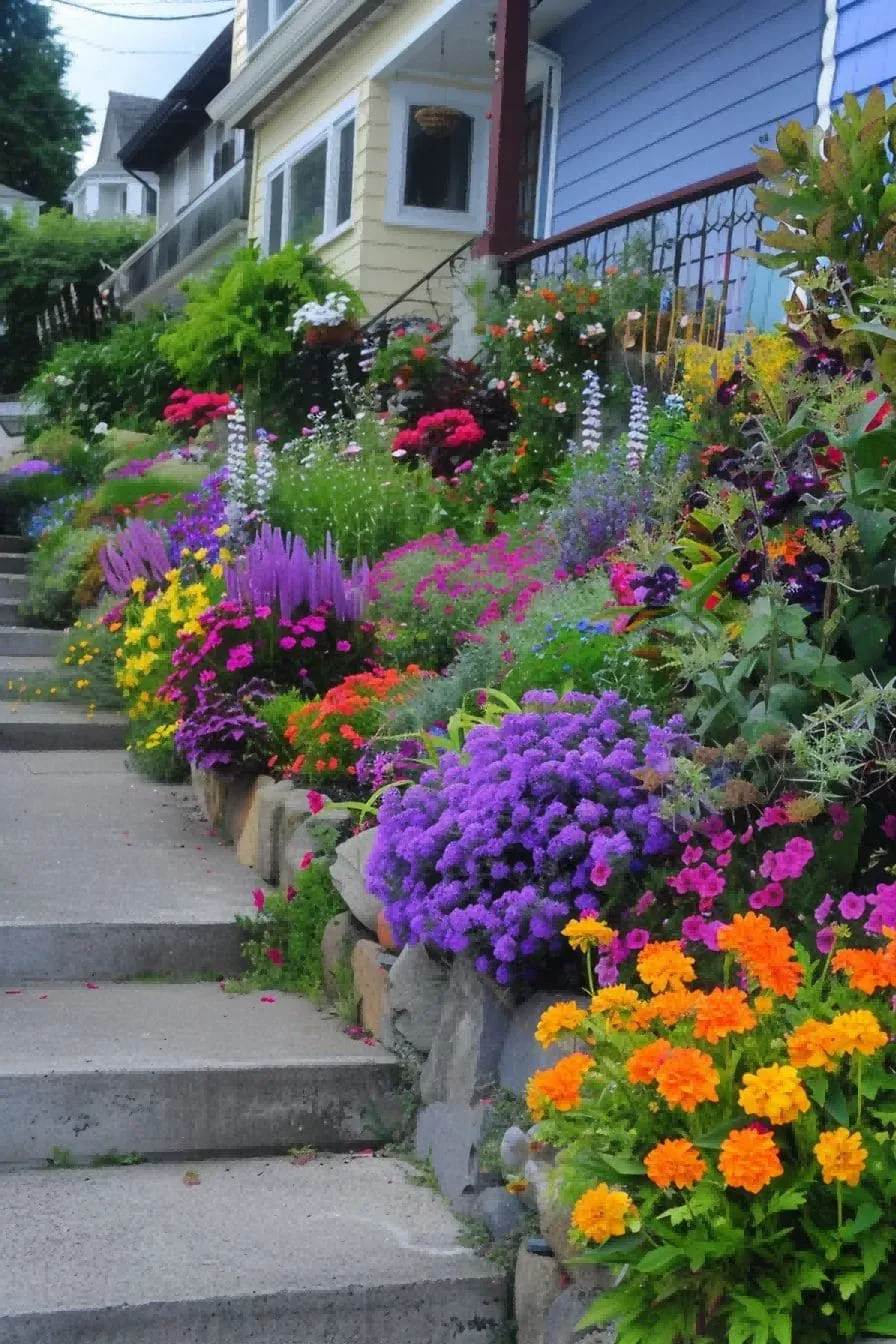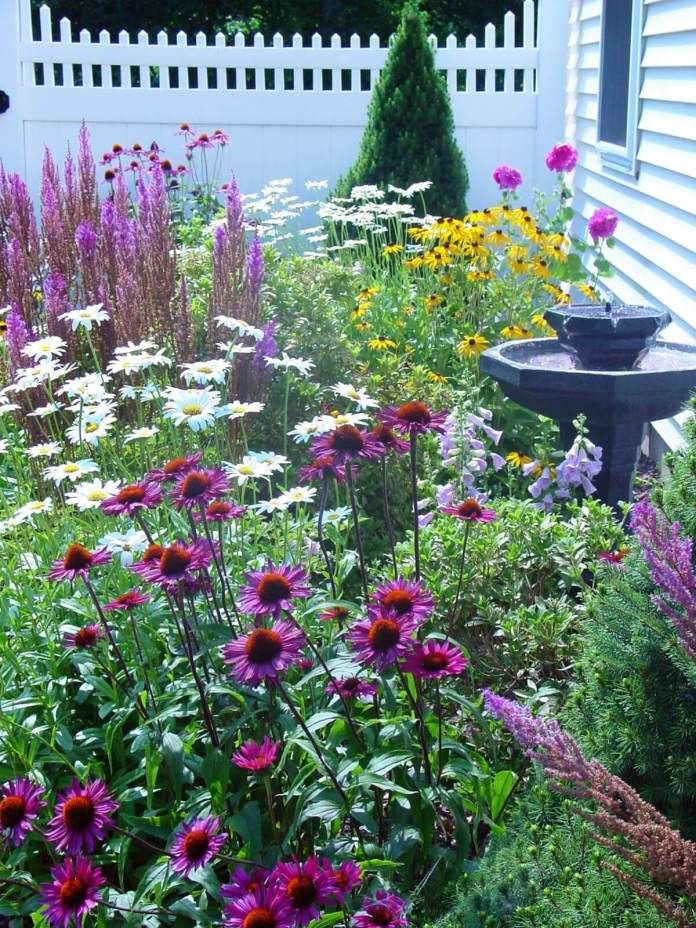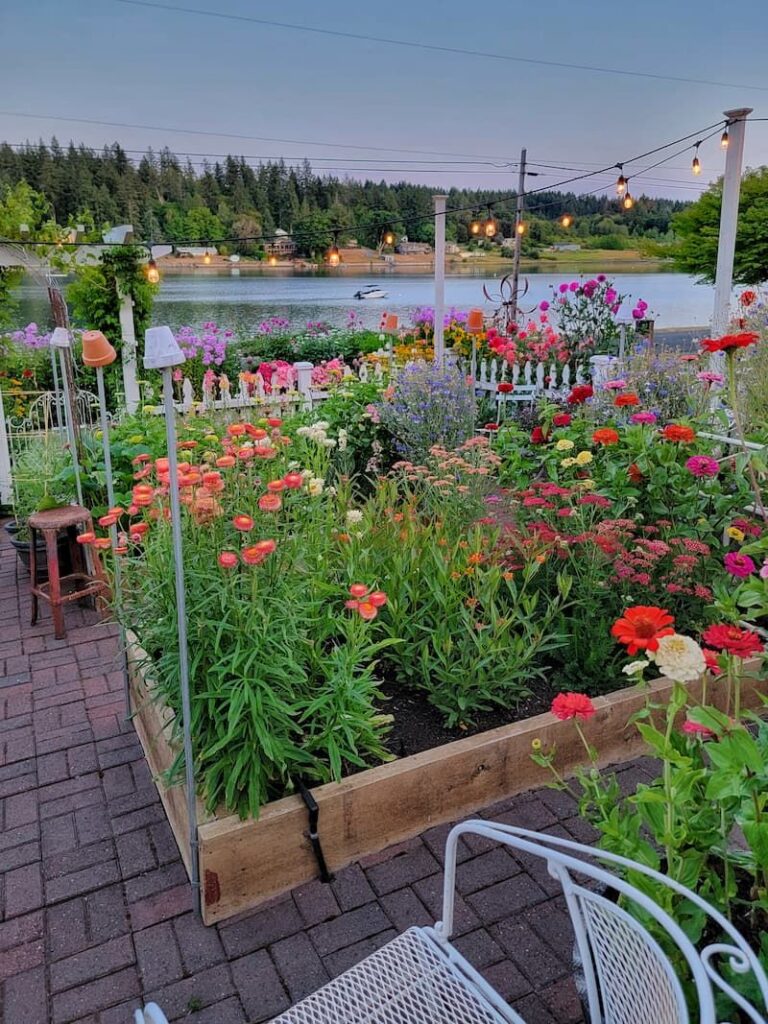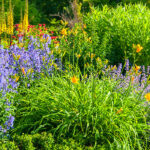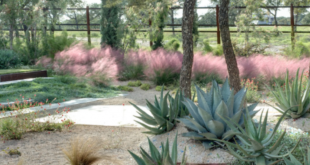Flower gardens are a beautiful addition to any outdoor space, adding color and fragrance to your outdoor oasis. When planning a flower garden, it’s important to consider the layout in order to create a visually appealing and functional space. There are many different layout options to choose from, each with its own unique characteristics.
One popular flower garden layout is the traditional border garden, where flowers are planted along the edges of a garden bed or plot. This layout is perfect for adding a pop of color to your yard or creating a boundary between different sections of your garden. Border gardens can be planted with a variety of flowers, allowing for endless combinations of colors and textures.
Another common flower garden layout is the island bed, where a garden bed is placed in the center of a lawn or other open space. Island beds can be designed in a variety of shapes and sizes, allowing for creativity and customization. This layout is great for creating a focal point in your yard and can be planted with a mix of flowers, shrubs, and other plants for added interest.
For those looking to create a more structured and formal look, a geometric flower garden layout may be the perfect choice. This layout uses straight lines, symmetrical shapes, and geometric patterns to create a well-organized and visually appealing garden. Geometric layouts can be created using raised beds, pathways, and hedges to define different areas of the garden.
If you have a larger outdoor space, a cottage garden layout can create a charming and whimsical atmosphere. Cottage gardens are characterized by their informal and relaxed style, with plants arranged in a random and haphazard manner. This layout often includes a mix of flowering perennials, annuals, and herbs, creating a lush and abundant garden that attracts birds, butterflies, and other wildlife.
For those with limited space, a vertical flower garden layout may be the perfect solution. Vertical gardens utilize walls, trellises, arbors, and other vertical structures to maximize planting space and add visual interest to small outdoor areas. This layout is great for growing climbing plants like roses, clematis, and morning glories, as well as hanging baskets and wall-mounted planters for added variety and color.
No matter which flower garden layout you choose, be sure to consider the specific needs of the plants you want to grow, such as sunlight, soil type, and water requirements. By carefully planning and designing your flower garden layout, you can create a beautiful, functional, and enjoyable outdoor space that brings joy and beauty to your home.
 yishifashion Where Outdoor Dreams Become Reality
yishifashion Where Outdoor Dreams Become Reality
